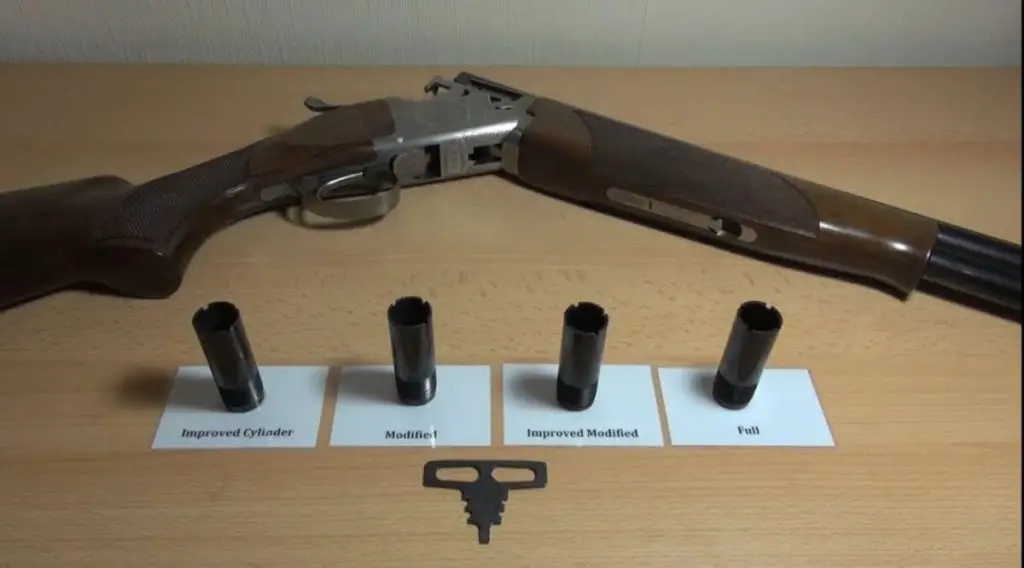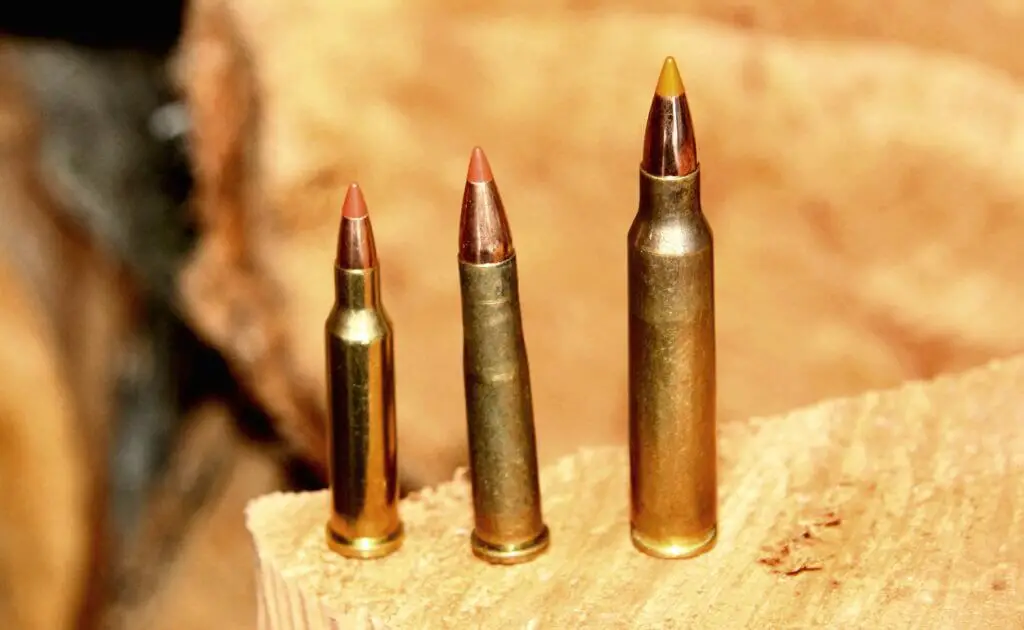In the dynamic world of firearms, the Rock Island Armory (RIA) STK100 has emerged as a popular choice for enthusiasts and professionals alike. Its combination of features and affordability makes it an appealing option. However, like any firearm, it is not without its challenges. Whether you are a longtime user or a potential buyer, understanding the potential problems associated with the STK100 is crucial. This guide aims to provide an in-depth examination of these issues, offering solutions where possible, and helping you make informed decisions regarding this firearm.
Common Issues Faced by RIA STK100 Users
The RIA STK100, while generally reliable, has been known to present certain operational problems. We delve into these common issues to equip you with the knowledge needed to address them effectively.
Failure to Feed
One of the most frequently reported problems with the STK100 is the failure to feed. This issue can disrupt shooting sessions and potentially compromise safety. Here are some causes and solutions:
-
Magazine Problems: Sometimes, the magazine itself may be the culprit. Check for any visible damage or wear.
- If the magazine is damaged, consider replacing it with a new one.
- Ensure that the magazines are compatible and seated properly in the firearm.
-
Dirty or Poor-Quality Ammunition: The use of substandard or improperly stored ammunition can lead to feeding problems.
- Always choose high-quality ammunition from reputable manufacturers.
- Regularly clean the ammunition before loading to prevent any buildup of residue.
-
Gunk and Lubrication: Dirt and lack of lubrication can hinder smooth operation.
- Frequently clean and lubricate your firearm to ensure optimal functioning.
- Use appropriate gun cleaners and lubricants to maintain the integrity of the firearm.
Inconsistent Ejection
Proper ejection of spent cartridges is crucial to maintaining the rhythm and safety of shooting. Users have reported issues where cartridge cases are not ejected consistently.
-
Extractor Issues: Over time, the extractor may wear out or become misaligned.
- Conduct regular inspections and clean the extractor thoroughly.
- Consider getting a professional gunsmith to replace the extractor if it shows considerable wear.
-
Recoil Springs: A weak or damaged recoil spring may not provide the necessary force for ejection.
- Check the condition of the recoil spring regularly.
- Replace the spring when you notice any weakening or deformity.
Maintenance Tips for Optimal Performance
Effective maintenance can significantly reduce the occurrence of problems with the RIA STK100. Following these steps will help keep your firearm in top condition:
Regular Cleaning
Routine cleaning is paramount to ensuring reliability and longevity. Here’s a step-by-step guide to cleaning your STK100:
- Disassembly: Begin by ensuring the firearm is unloaded. Remove the magazine and clear any ammunition from the chamber.
- Inspection: Visually inspect the firearm for any obvious debris or buildup.
-
Cleansing: Use a gun cleaning kit to clean the barrel, action, and other components.
- Apply a solvent to break down carbon and other residues.
- Use a bore brush to scrub the inside of the barrel.
- Clean hard-to-reach areas with a cotton swab or small brush.
-
Lubrication: Once the firearm is clean, apply an appropriate lubricant to the moving parts.
- Make sure not to over-lubricate, as this can attract dirt and cause malfunctions.
- Reassembly: Carefully put the firearm back together, ensuring all components are properly seated.
Proper Storage
Storing your firearm correctly prevents damage and extends its lifespan. Consider the following storage tips:
- Keep the firearm in a cool, dry place to prevent rust and corrosion.
- Use a gun safe to store the STK100 securely, keeping it out of reach from unauthorized users.
- Ensure the firearm is unloaded before storage to avoid accidental discharge.
Upgrades and Customization
Enhancing the RIA STK100 with performance upgrades can prevent some of the issues discussed. Customization also allows for a more personalized experience.
Aftermarket Modifications
Several aftermarket manufacturers provide options that might improve the performance and handling of the STK100:
-
Trigger Updates: Enhanced triggers can improve accuracy and reduce effort.
- Research and select a high-quality trigger from a reputable supplier.
- Professional installation is recommended to ensure compatibility and safety.
-
Sights: Upgrading the sights can significantly improve target acquisition and accuracy.
- Consider luminous sights for better visibility in low-light conditions.
-
Grips: Customized grips can provide better handling comfort, especially for extended usage.
- Choose grips based on your hand size and the intended use of the firearm.
Safety Tips and Best Practices
Regardless of the modifications and maintenance, practicing safety is non-negotiable when handling firearms. Here are essential safety measures:
Handling Precautions
- Always treat the firearm as if it is loaded, even if you are certain it is not.
- Point the muzzle in a safe direction at all times.
- Ensure the trigger is only engaged when ready to fire.
Training and Education
Receiving adequate training is pivotal:
- Participate in training sessions conducted by certified firearms instructors.
- Keep updated with the latest safety protocols and operational techniques.
Understanding the RIA STK100 and its potential pitfalls can lead to a safer and more enjoyable experience. With diligent maintenance, thoughtful upgrades, and adherence to safety practices, many of the common issues users face can be minimized or avoided altogether.
Frequently Asked Questions
1. Does the Rock Island STK100 take Glock mags?
Yes, the Rock Island STK100 is designed to accept Glock magazines, specifically the popular Glock 17 magazines.
2. Will a Glock slide fit on the STK100?
No, a Glock slide will not fit on the Rock Island STK100. The STK100 is a complete firearm that is specifically designed to utilize its own slide and frame components.
3. What is the twist rate of the STK100?
The Rock Island STK100 features a twist rate of 1:10, which is suitable for a wide range of 9mm ammunition weights.
4. Where is the Rock Island STK100 made?
The Rock Island STK100 is manufactured in the Philippines by Armscor, the same company behind the Rock Island Armory brand. Armscor is known for producing high-quality firearms at affordable prices.
5. What are common problems experienced with the STK100?
Some common issues reported by users of the Rock Island STK100 include failures to feed, failures to eject, and light primer strikes. These problems can often be addressed through proper maintenance, cleaning, and using high-quality ammunition.
6. How can I troubleshoot feeding issues with my STK100?
If you are experiencing feeding issues with your STK100, try cleaning the magazine and ensuring it is properly seated in the firearm. You may also want to inspect the feed ramp for any obstructions or debris that could be causing the problem.
7. What should I do if I encounter light primer strikes with my STK100?
If you are consistently experiencing light primer strikes with your STK100, try using different brands of ammunition to see if the issue persists. You should also check the firing pin and spring for any wear or damage that could be causing the problem.
8. Are there aftermarket parts available for the STK100?
Yes, there are aftermarket parts and accessories available for the Rock Island STK100, including sights, grips, and magazine extensions. However, it is important to ensure that any aftermarket parts are compatible with the STK100 before making any modifications.
9. Can I use a suppressor with the STK100?
Yes, the Rock Island STK100 is compatible with suppressors that are designed for 9mm pistols. You will need to have the appropriate threaded barrel and adapter to attach the suppressor to your STK100.
10. How can I improve the trigger on my STK100?
If you are looking to improve the trigger on your STK100, you may consider installing an aftermarket trigger kit or trigger bar. These modifications can help reduce trigger pull weight and improve overall trigger performance. It is important to follow proper installation procedures and safety guidelines when making any modifications to your firearm.
- How to Put a Scope on a Mosin Infantry in Tarkov: A Quick Guide - November 7, 2024
- How to Edit a Scope Box in Revit: A Step-by-Step Guide - November 6, 2024
- How to Put a Scope on Mosin Tarkov: Expert Tips for Gamers - November 6, 2024


